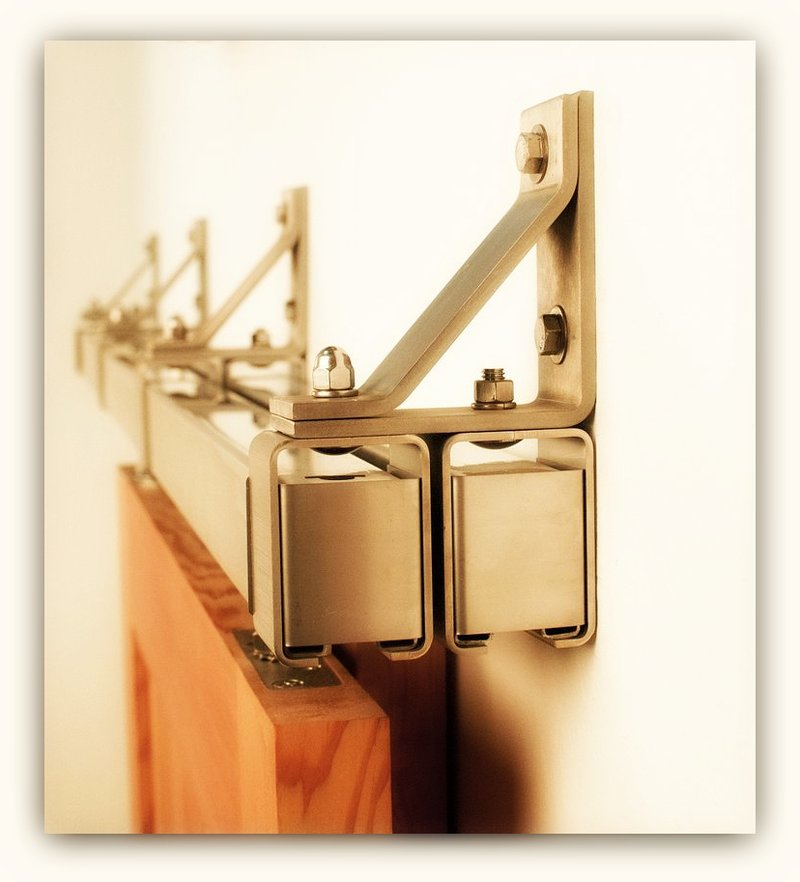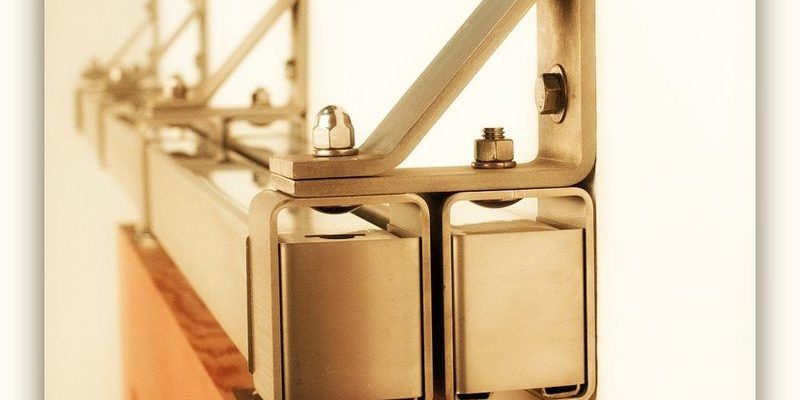
Imagine you’ve just settled into your cozy living room. You want to grab a book from the other side of that stunning barn door, but instead of a smooth glide, you’re met with a hefty struggle. No one wants to wrestle with their door, especially when it should be a simple task. Whether it’s a brand-new installation or an older model that’s seen better days, let’s break down how to troubleshoot those tricky sliding barn doors.
Common Reasons Your Barn Door is Sticking
When it comes to troubleshooting a sliding barn door, the first step is understanding why it’s giving you a hard time. There are several potential culprits that can lead to a difficult door.
- Misalignment: Sometimes, the door might not be properly aligned on its track. This misalignment can cause the door to catch on the frame or the floor, leading to a stubborn slide.
- Obstructions: Anything that gets in the way of the door can create friction. Dirt, dust, and debris can build up along the track, hindering smooth movement.
- Hardware Issues: Loose or worn-out hardware, such as rollers or tracks, can also contribute to difficulties. If the parts aren’t functioning properly, the entire system can falter.
Understanding these problems can help you diagnose the issue more efficiently. You might be wondering how to fix them—don’t worry; we’ll get to that soon.
Checking for Misalignment
First things first, let’s talk about alignment. This is one of the most common reasons for a difficult sliding barn door. If your door isn’t sitting right, it can create a tug-of-war scenario every time you want to open or close it.
To check for misalignment, start by inspecting the door’s position. Use a level to see if it’s straight. If you notice it tilting or leaning, the rollers might not be positioned correctly. Here’s how to fix it:
1. Loosen the screws on the roller brackets.
2. Gently adjust the door until it sits level.
3. Tighten the screws back in place.
This should help your door glide easier. Remember, it’s important to check both the top and bottom alignment; if one side is off, it can cause problems.
Clearing Obstructions on the Track
Sometimes, the simplest solution is the best one. If you notice any debris on the track, it’s time to clear it out. A clean track means a smooth glide.
Start by inspecting the entire length of the track. Look for:
- Dirt and grime buildup
- Small objects like pebbles
- Dust or other materials
Once you’ve identified the obstructions, grab a damp cloth or a soft brush to clean the track thoroughly. After it’s clean, test your door again. It’s amazing how much a little cleaning can do!
Fixing Hardware Issues
If your barn door is still being stubborn, hardware issues might be at play. Check the rollers, track, and hinges for any signs of wear or damage. Sometimes, a simple fix can solve a hefty problem.
1. Inspect the rollers: Make sure they’re securely attached and rolling smoothly. If they’re worn, consider replacing them.
2. Check the track: Look for bends or breaks. If the track is damaged, you may need to replace it to ensure proper function.
3. Tighten any loose screws: Over time, screws can loosen, affecting performance. A quick tightening can sometimes work wonders.
By ensuring all hardware components are in good condition, you can help your door operate more smoothly.
Adjusting the Door’s Height
If your barn door seems to drag on the floor, it might be too low. Adjusting the height could improve movement significantly. Some barn doors have adjustable rollers, making this process easier.
To adjust the height:
1. Locate the adjustment screws on the roller brackets.
2. Raise or lower them as needed.
3. Ensure the door is balanced and check it against the floor.
This simple adjustment can make a big difference in how easily your door moves.
Lubricating the Track
Sometimes, a little lubrication is all your door needs. Just like an oil change in your car, giving the track a good dose of lubricant can work wonders.
Choose a silicone-based lubricant or a door lubricant spray; they’re perfect for this job. Here’s how to do it:
1. Clean the track first.
2. Spray or apply the lubricant evenly along the track.
3. Move the door back and forth a few times to distribute the lubricant.
This will not only help reduce friction but also extend the life of your door hardware.
Considering Door Weight and Size
Finally, let’s talk about the size and weight of your barn door. If the door is too heavy or large for its hardware, it can create serious mobility issues. Sometimes, the solution might be as simple as adjusting or upgrading the hardware.
Check if the current hardware supports the weight of the door. If it doesn’t, consider:
- Switching to heavier-duty tracks and rollers
- Using a lighter door material
Finding the right balance can make your barn door easy to open and close, transforming your experience.
Final Thoughts on Troubleshooting a Sliding Barn Door
Troubleshooting a sliding barn door that’s difficult to move can seem daunting, but with the right approach, it doesn’t have to be. Whether it’s checking for alignment, clearing debris, fixing hardware, adjusting height, lubricating, or evaluating the door size, you have options.
Remember, each step is about creating a smoother experience in your space. Your barn door should serve you, not frustrate you. With a bit of patience and attention, you can transform a stubborn door into a smooth-operating piece of home decor. Enjoy the beauty and functionality of your sliding barn door once again!
